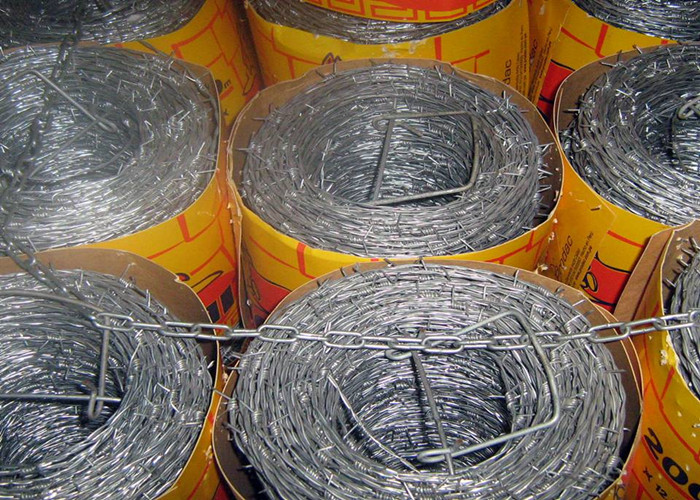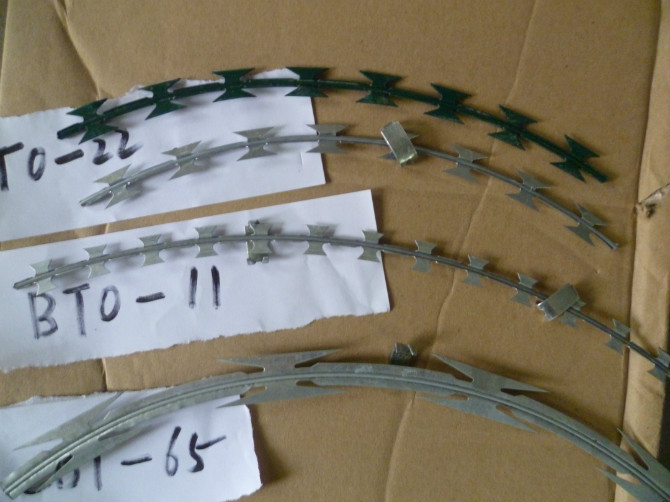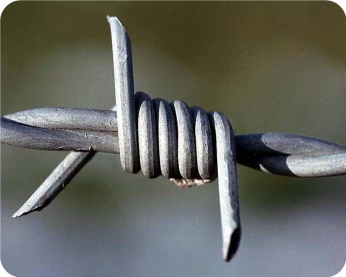The research team of Tachibana Tachibana, a researcher at the University of Health Sciences, Oregon, published an article in the online version of the American scientific journal Cell on the 15th, announcing that it has used "somatic cell cloning technology" to implant women's egg cells into other people's skin. For the first time, the cell nucleus successfully produced embryonic stem cells (ES cells) capable of differentiating into various tissues.
Oregon University of Health Sciences successfully produced cloned monkey ES cells in 2007. Regarding human ES cells, Huang Yuxi, a former professor at Seoul National University in South Korea, announced successful production in 2004, but was later found to be a fake paper. At that time, ES cells were regarded as the "ace card" of regenerative medicine. However, from 2006 to 2007, Professor Yamanaka Yamanaka of Kyoto University developed artificially induced multifunctional stem cells (iPS cells) that use only somatic cells for genetic manipulation. In addition, human ES cells are more difficult to produce than other mammals. ES The cell research boom has gradually cooled.
If the patient's somatic cells are used, it is possible to create a therapeutic tissue that does not cause rejection due to the same genes. Although the provision of egg cells is a big problem, Tachibana said: "Compared to iPS cells, cloned ES cells may have fewer genetic abnormalities. I hope to explore the possibility of both and contribute to regenerative medicine."
After being approved by the school's ethics committee, the research team received a total of 126 egg cells provided by 9 women aged 23 to 31 in the United States. The research team removed the nucleus of 122 egg cells and implanted them into the nucleus of other people's skin cells. As a result, 21 of them developed into a stage called Blastocyst. A part of the tissue was cultured, and 6 of them became ES cells. After prompting ES cells to differentiate into myocardium, the research team also confirmed the pulsation. Of the 6 ES cells successfully produced this time, 4 were made from egg cells provided by the same woman, and they seem to have some traits that make them easily ES cells.
Barbed wire fences come from a variety of materials: Electro galvanized iron wire, hot-dip galvanized iron wire and PVC coated iron wire. Razor barbed wire in concertina coils of different blade types and specifications. Special specifications for concertina coils or straight type razor wire are available on request. Available in galvanized concertina coils or stainless steel. Types can be single coil or spiral types.


The barb of normal twist is a little longer than the reverse one, which offers great protective effect. After the points, the direction in which the Wires are twisted changes, preventing the points from moving. The reverse twist appearance is tidier than the normal one.


Green Barbed Wires, Galvanized Barbed Wire, PVC Coated Barbed Wire, 4 Point Barbed Wire
DINGZHOU TIAN YILONG METAL PRODUCTS CO., LTD. , https://www.wiremeshsolution.com